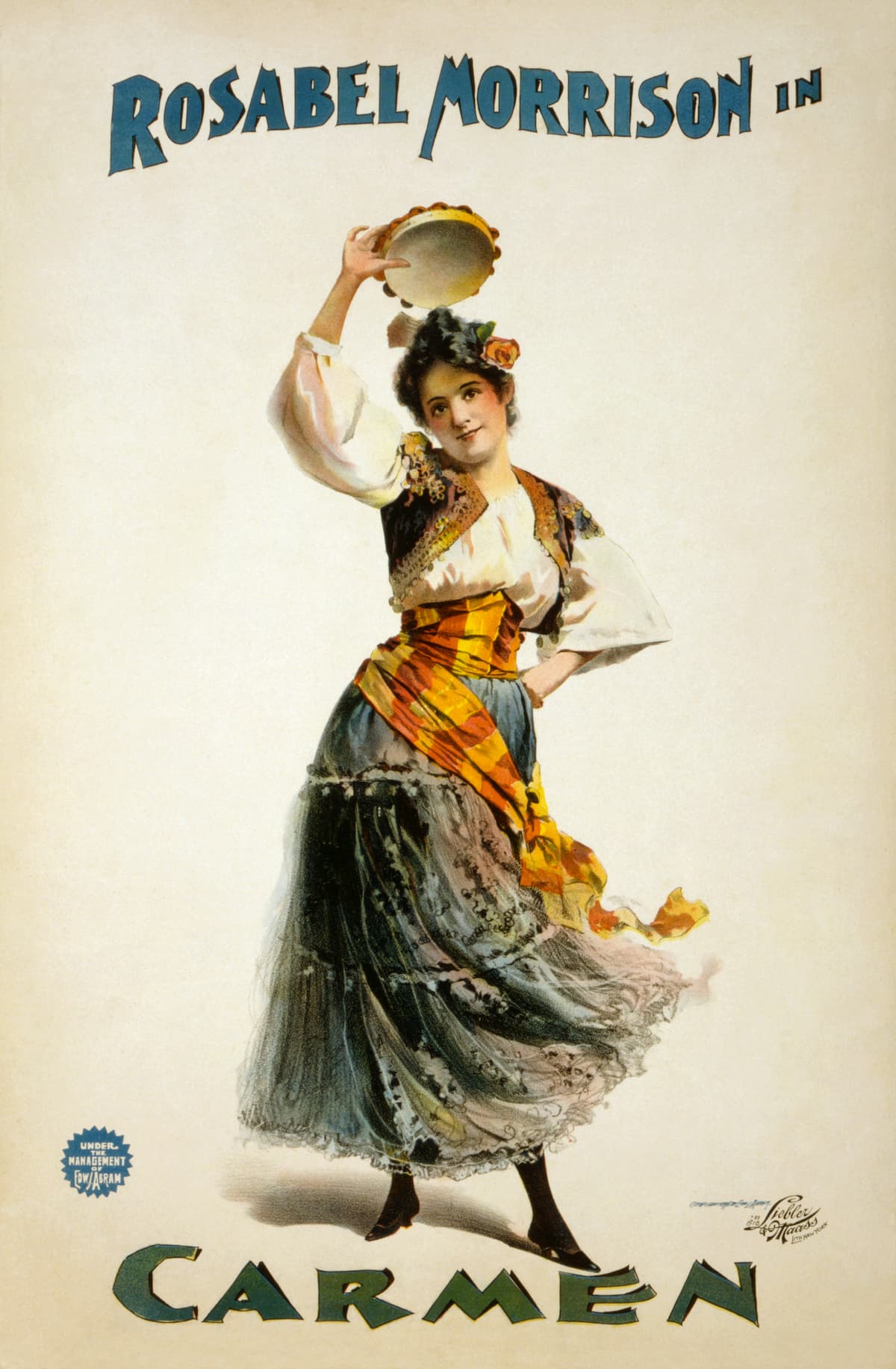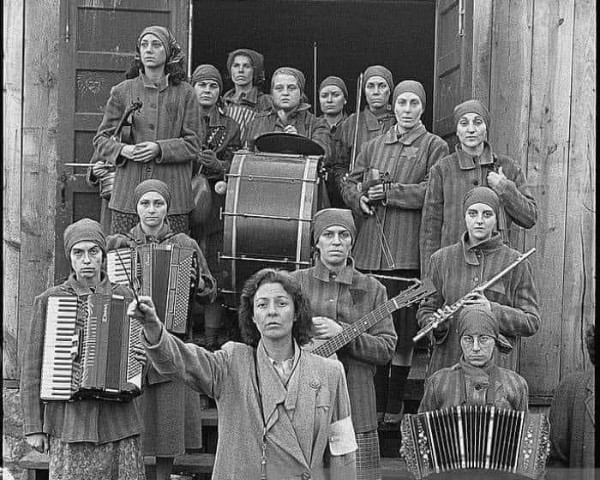Classical music has given us some famous and unforgettable melodies. We might not know what a particular tune is called or where it comes from, but they flicker across in TV programmes, motion pictures of all kinds, on social media, and of course advertisements.
These famous classical tunes, however, often feature in completely new guises today. The original orchestral or piano sounds are replaced by a sound world that borrows from pop, hip hop, crossover, tribal, tech or any other forms of contemporary packaging. The aim has shifted to focus on expression and the creation of an individualized personal tone. Paired with exciting visuals, these contemporary takes are highly creative, often hilariously funny, and always speak to the power of music. Here we present 5 famous Classical melodies in completely new guises.
Beethoven: Symphony 5

V for Victory Pin
The opening of Beethoven’s Fifth Symphony is one of the most iconic soundposts in human history. The famous “short-short-short-long” is such a powerful and commanding musical gesture, it’s almost impossible to sit still.
Some people say it represents fate knocking at the door, but for Musical Basics and pianist Lionel Yu/We Are One it was an opportunity to produce an exciting and amazing remix including epic choral voices, violins, and drums. I love the way new countermelodies are woven into the texture, and the way the pitches are visually dancing across the screen is absolutely mesmerizing.
Beethoven: 5th Symphony Nightmare (Insane Remix)
Bizet: Carmen

Poster for an 1896 dramatic adaptation of Carmen, starring Rosabel Morrison
Opera is supposed to be boring, but only when you don’t know where to look. To be sure, there is nothing boring about Carmen, the main character in the Bizet opera. Carmen is smart, brave, resolute, independent, and exotic. She is obsessed with her physicality, her body and its movements.
Although Carmen is a lady of the night, she is primarily interested in having sex for the sake of physical closeness, and not for getting money. The all-female electric string quartet “Amadeus” wants to bring you closer to classical music. By combining classical and modern elements in a steamy classical crossover, they certainly have found a way to impress.
Bizet: Carmen (Amadeus)
Rossini: Wilhelm Tell

Gioachino Rossini – Guillaume Tell – Charles-Abraham Chasselat
While the opera Wilhelm Tell by Rossini is largely forgotten today, the Overture is an all-time instrumental favourite in the concert hall. It’s all happening in this famous piece of classical music. Colourful melodic lines, forceful beats, and finally the fiery ride of the hero of the opera, with the whole orchestra raucously galloping around the stage.
That Overture was immediately popular and countless creative minds started to produce transcriptions and other versions. We are so used to hearing this melody played by a symphony orchestra or the piano, so it comes as a really nice surprise when the entire score is actually sung. But what is more, it is actually sung by one person and recorded in 8 a capella parts.
Rossini: Wilhelm Tell Overture (Voice Orchestra)
Mozart: Turkish March

Mozart: Turkish March
The “Turkish March” from Mozart’s Piano Sonata No. 11 in A major, K. 331 is surely one of the best-known classical pieces of music. If you ever took rudimentary piano lessons, I am sure you have given it a try. The tune was really famous during the 19th century and pianists have produced countless transcriptions, arrangements, and paraphrases.
More recently, the tune has made a definite comeback and new virtuoso fireworks that have exploded with a bang. But creativity is not exclusively tied to virtuosity, and that’s why I really like the “Mozart in Bamboo” arrangement. It gives the unforgettable Mozart melody a real tribal and natural feel, don’t you think?
Mozart: Turkish March (In Bamboo)
Pachelbel: Canon

Johann Pachelbel: Canon
You probably have already guessed that this blog would at some point come to Pachelbel’s Canon. I don’t want to disappoint you, as that particular earworm has become one of the all-time popular classical melodies. You constantly hear it in advertisements, and I have found a very special ad coming from Korea.
This rendition of the Pachelbel Canon features six gayageums, a traditional Korean plucked zither with 12 strings. The instrument dates from around the 6th century, and while they plug away at the Pachelbel Canon, Korean break dancers provide a visual feast accompanied by hip-hop beats and sounds. 17th-century classical music played by 6th-century Korean instruments and supported by 21st-century dance expressions and hip-hop beats, now that’s what I call true fusion. By the way, the advert was for a Korean bank.
For more of the best in classical music, sign up for our E-Newsletter






I am a traditionalist and although re-arrangements can occasionally work – none of these are for me. I will happily stick with transcriptions and variations such as Beethoven, Liszt et al.
I loved all but the hip hop one. Abridge too far for me, I’m afraid. It’s a testament to the composers talent and the classic nature of the pieces that they can not only survive these re-arrangements, but have them be wonderful!